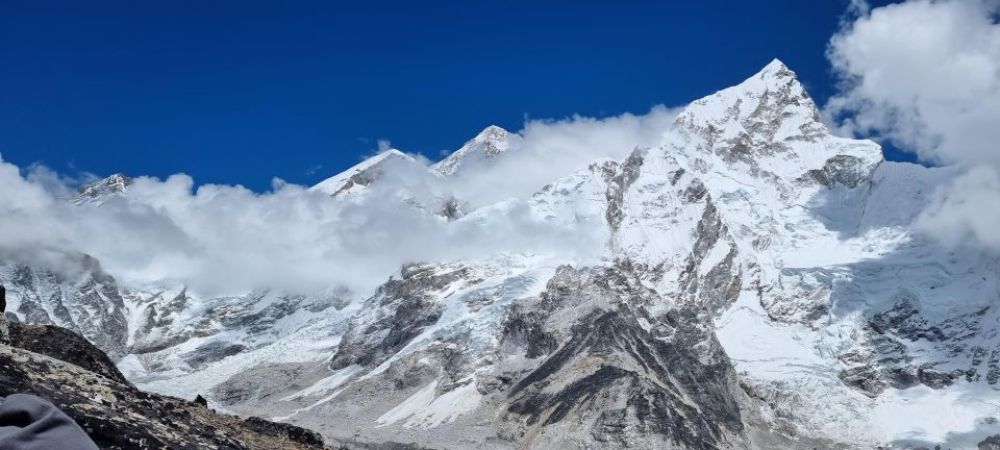

Imja Tse, popularly known as Island Peak, is situated in the Sagarmatha National Park of Nepal and stands at a remarkable altitude of 6,189 meters (20,305 feet). The optimal time to plan an ascent of this peak falls in two distinct seasons: the pre-monsoon season which spans from late March to May, and the post-monsoon season, extending from September to November. During these windows, the weather is most stable, offering clearer skies and more favorable climbing conditions. In the pre-monsoon spring months, you’ll be greeted by the blooming rhododendrons and a diverse array of wildflowers, while the landscape is vivid with greenery. As this period progresses, temperatures gradually warm up, but at the peak itself, climbers need to be prepared for colder conditions and possible sudden changes in weather.
The post-monsoon autumn season is arguably the most popular and reliable time for peak climbing in Nepal. The visibility during these months is usually excellent, with crisp and clear days often providing stunning panoramic views of the Himalayas. The temperatures during this period are relatively moderate, making daytime climbs more comfortable, though nights can be quite cold. It is important to note that this is also a peak tourist season, so the trails can be busier, and teahouses or campsites might be more crowded. Regardless of the chosen season, proper acclimatization is essential to tackle the challenges of high-altitude climbing, and it is highly recommended to consult with experienced guides or trekking companies for a safe and successful expedition to Imja Tse.
| Month | Min Temp | Max Temp |
|---|---|---|
| January | -17°C °c | -7°C °c |
| February | -15°C °c | -5°C °c |
| March | -8°C °c | 0°C °c |
| April | -5°C °c | 5°C °c |
| May | -2°C °c | 8°C °c |
| June | -1°C °c | 10°C °c |
| July | 1°C °c | 11°C °c |
| August | 1°C °c | 11°C °c |
| September | -1°C °c | 8°C °c |
| October | -7°C °c | 3°C °c |
| November | -12°C °c | -3°C °c |
| December | -15°C °c | -8°C °c |